Looking To Buy Old House
Mark_75
12 years ago
Related Stories
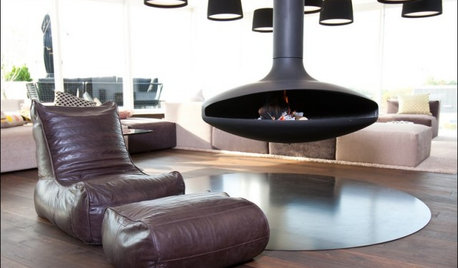
FURNITURE6 Decades-Old Designs That Look Better Than Ever
After getting a few nips and tucks, some favorites from the ’60s and ’70s have made a stylish comeback
Full Story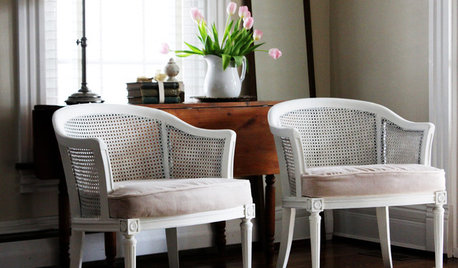
BUDGET DECORATINGBudget Decorator: 8 Ways to Make Old Furniture Look Brand New
Learn stripping, staining, painting and reupholstering basics to make bargain-basement furniture worthy of center stage at home
Full Story
MOVINGHome-Buying Checklist: 20 Things to Consider Beyond the Inspection
Quality of life is just as important as construction quality. Learn what to look for at open houses to ensure comfort in your new home
Full Story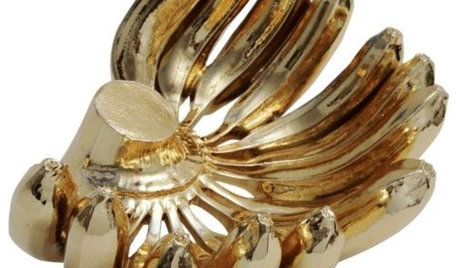
DECORATING GUIDESDecorate With Intention: To Buy or Not to Buy
Before you make your next home-decor purchase, ask yourself these 10 questions
Full Story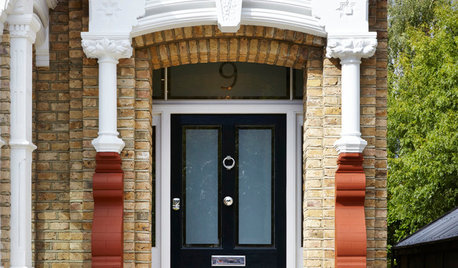
ECLECTIC HOMESHouzz Tour: A New House With a Grand Old Face
This Surrey, England, house looks for all the world like its late-Georgian neighbors, but it’s secretly newer. Much newer
Full Story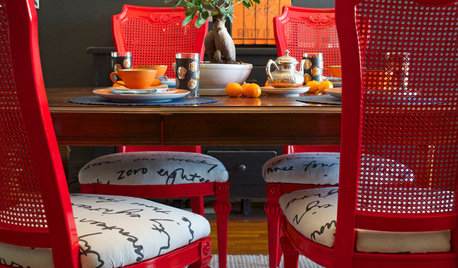
DIY PROJECTSDining Set Makeover: Paint and Tea-Tinted Fabric Make Old Chairs New
Reclaim dated dining chairs for far less than buying new, using spray paint, modern fabric and a handful of tea bags
Full Story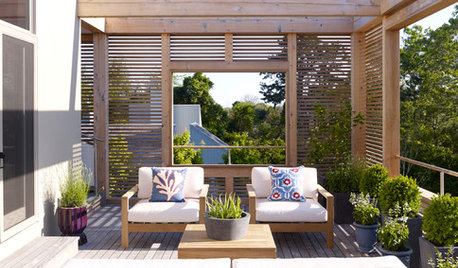
GARDENING AND LANDSCAPINGWhat to Know Before You Buy Teak Outdoor Furniture
Learn about finishes, weathering, care and that age-old oil debate to get the teak furnishings that suit you best
Full Story
REMODELING GUIDESThe Hidden Problems in Old Houses
Before snatching up an old home, get to know what you’re in for by understanding the potential horrors that lurk below the surface
Full Story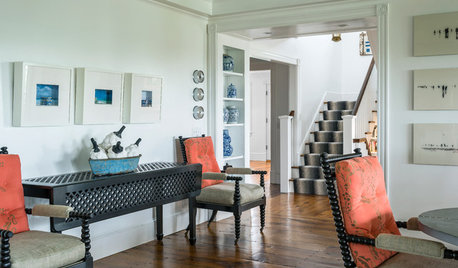
TRADITIONAL ARCHITECTUREHouzz Tour: Taking ‘Ye Olde’ Out of a Nantucket Shingle-Style Home
Vintage and modern pieces mix it up in a vacation house reconfigured to host casual gatherings of family and friends
Full Story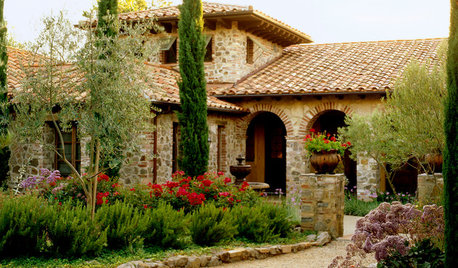
ROOFSRoof Materials: Get an Old-World Look With Clay Roof Tiles
The ancient roof material of choice remains the modern-day ideal for authentic Italian, Mediterranean and Spanish home styles
Full StorySponsored
Columbus Area's Luxury Design Build Firm | 17x Best of Houzz Winner!
More Discussions









civ_IV_fan
Mark_75Original Author
Related Professionals
Home Remodeling · Fox Lake Kitchen & Bathroom Designers · Glens Falls Kitchen & Bathroom Designers · Owasso Kitchen & Bathroom Designers · White House Kitchen & Bathroom Designers · South Barrington Kitchen & Bathroom Designers · University City Kitchen & Bathroom Remodelers · Plainview Kitchen & Bathroom Remodelers · Beaverton Kitchen & Bathroom Remodelers · Park Ridge Kitchen & Bathroom Remodelers · Salinas Kitchen & Bathroom Remodelers · Gibsonton Kitchen & Bathroom Remodelers · Charleston Architects & Building Designers · Los Alamitos Architects & Building Designers · Panama City Beach Architects & Building Designerscolumbusguy1
mainegrower
sombreuil_mongrel
Maine_Mare
Mark_75Original Author
brickeyee
live_wire_oak
terrypy
Laurie
User
Mark_75Original Author